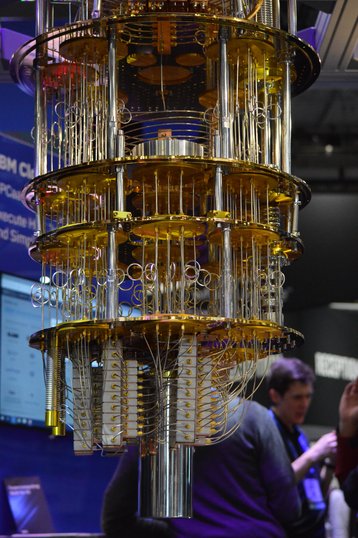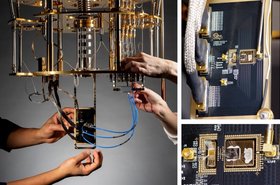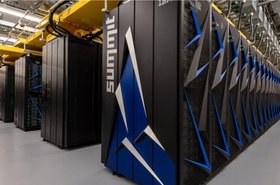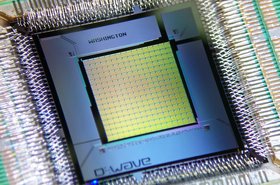The Defense Advanced Research Projects Agency is considering forming a quantum computing consortium.
In a request for information, DARPA said that it is seeking "companies that would be willing to enter into a partnership with DARPA and other quantum research leaders to collaborate across and provide access to quantum hardware."
Quantech
In an attached document, the agency asks respondents several questions to help it "determine if a pool of qualified business firms is sufficient for a potential quantum computing consortium."
It asks whether companies are "willing to collaborate and share research information and results with other quantum hardware companies," whether they will cost-share or offer un-priced access to hardware and software to researchers, and how much commercial access to their quantum hardware costs.
DARPA also asks for feedback on how it should form the consortium, "i.e., consortium management company led, member led, government led."
Interested parties have until 1:59PM Eastern January 24, 2020, to reply. As an RFI, it does not mean DARPA has to act on any responses, and it may not move forward with plans for a consortium. At this early stage, no indication was given as to the level of investment DARPA is willing to make.
One potential approach it could follow is that of SEMATECH. Formed back in 1987 as a way to compete with Japanese technology giants, the Semiconductor Manufacturing Technology consortium was given $500m (over $1bn in today's money) by DARPA across five years. The 14 member companies had to match the investment to take part.
"SEMATECH has demonstrated that a government-industry R&D consortium on manufacturing technology can help improve a U.S. industry’s technological position while protecting the government’s interest that the consortium be managed well and public funds spent appropriately," a Government Accountability Office study found.
"Overall, SEMATECH has worked well because, among other things, its member companies have led the consortium and members’ senior executives have been actively involved in overseeing its activities."
It adds: "In particular, member companies have shared so-called “precompetitive” information about their manufacturing processes and equipment and provided technical staffing to the consortium."
The GAO found that the consortium was able "to develop industrywide practices and standards that can improve the industry’s overall efficiency."
Government funding ceased in 1996 as the US semiconductor industry was believed to be strong enough to stand on its own. The lack of government involvement had one unintended side-effect, though, as a later GAO report noted: "SEMATECH began accepting memberships from companies from competitor countries, which led to a transfer of technology through the consortium’s work outside the United States."
While a quantum computing consortium may take inspiration from SEMATECH, it is however important to note that the semiconductor industry was much more mature in 1986 than the quantum computing industry is in 2020. Companies like IBM and Google have quantum offerings, but they are limited in scope and usability.
In a separate effort to help jumpstart US quantum computing, the government in late 2018 passed the National Quantum Initiative Act, a plan to pump $1.2 billion into quantum research over 10 years across the Department of Energy, the National Institute of Standards and Technology, NASA, and the National Science Foundation.
The country faces significant competition from rival superpower China, which is pumping money into quantum computing research. In Anhui province alone, the country is spending a reported $10bn on building the National Laboratory for Quantum Information Sciences in Hefei.




